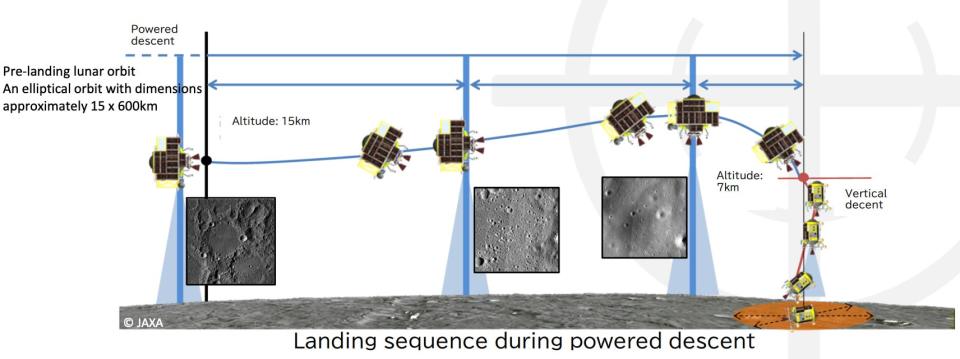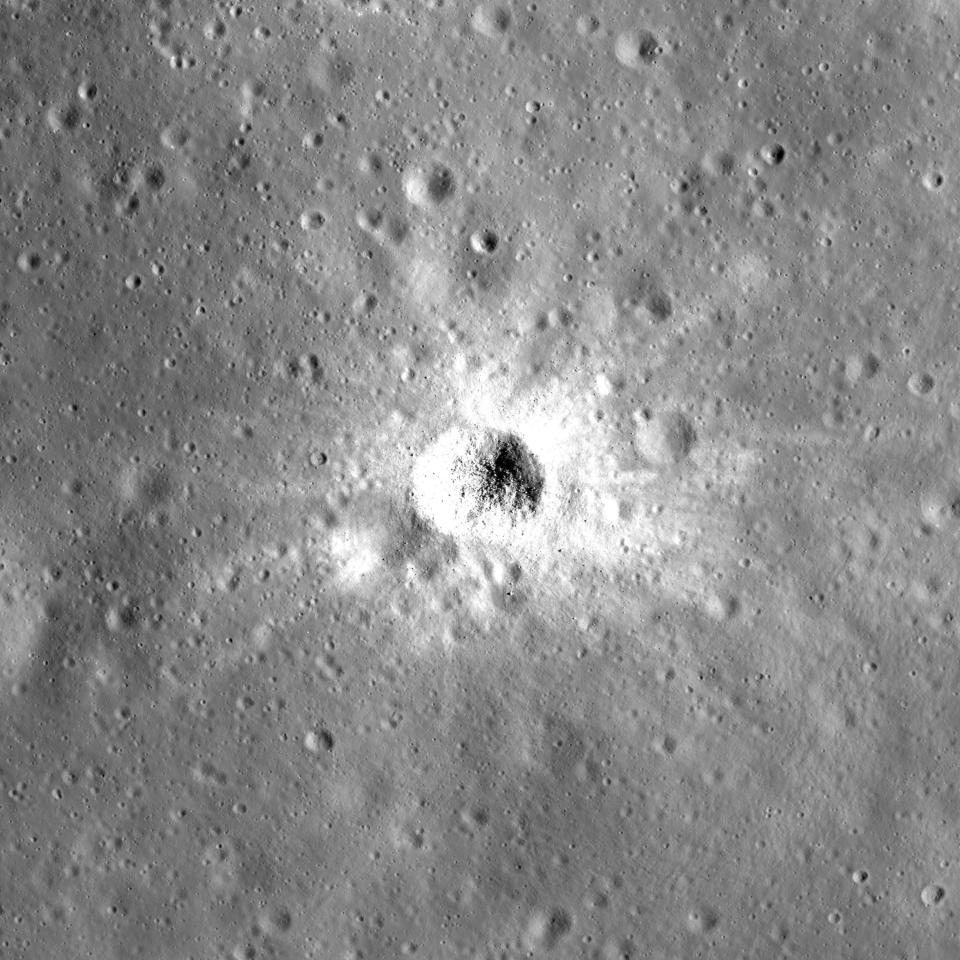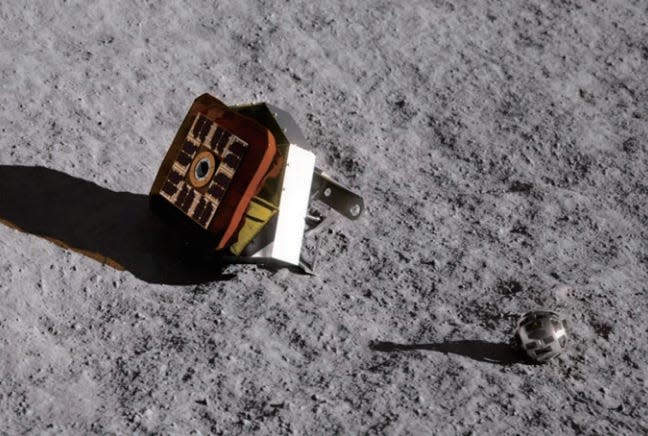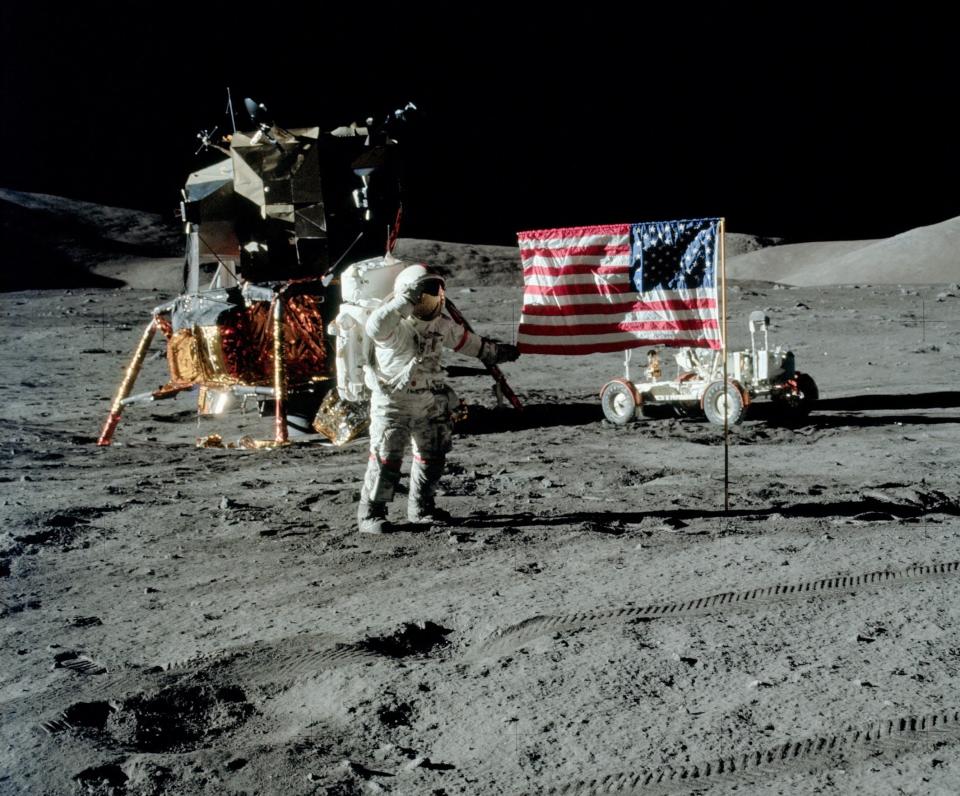-
We are weeks away from Japan’s attempt to land the SLIM spacecraft on the moon.
-
If SLIM is successful, it will be the first Japanese spacecraft to land on the moon.
-
And Japan will be the third country to set foot on the moon this century, after China and India.
On Monday, the Japan Aerospace Exploration Agency announced that the SLIM lunar lander had reached a major milestone in its historic mission: The spacecraft began orbiting the moon.
Over the next few weeks, SLIM, which stands for Smart Lander for Investigating Moon, will tighten its orbit and approach the lunar surface.
Then, on January 19, 2024, the nation is scheduled to achieve what only a few countries have accomplished before it.
Japan will attempt to land SLIM on the lunar surface, cementing the country’s place in the history books as the third country to make a soft landing on the moon in the 21st century. The other two countries are China and India.


When it comes to the modern moon race, the US is lagging behind so far.
Japan’s historic lunar mission
If Japan is successful in January, SLIM will be the first Japanese spacecraft in history to make a soft landing on the moon.
Japan has sent several impactors and orbiters to the moon in the past, but this is the first time the country is sending a lander module with rover-like probes to explore the lunar surface in unprecedented detail.


You heard that right, probes — plural. SLIM carries two small probes on board. If all goes as planned, they will deploy from the descent module to explore the surface beyond the landing point.
According to VOA news, one of the probes uses a jumping mechanism, while the other is spherical and changes shape to move.


What makes this mission even more historic is the precise landing Japan was aiming for.
The spacecraft is targeting an impact crater on the moon called Shioli crater, and Japan plans to land SLIM within 328 feet of its target. Japan’s space agency JAXA said in a statement earlier this month that it was an “unprecedented high-precision landing”.
For comparison, NASA’s Apollo 17 module landed 80 miles away from its target, and India’s Chandrayaan-3 lander had a target window of over 3.8 square miles.
Missions such as Japan’s SLIM, India’s Chandrayaan-3, and China’s Chang’e 3, 4, and 5 are pushing the boundaries of lunar landings in the 21st century.
This leaves the United States towards the back end of the group.
The US hasn’t landed anything on the moon since 1972


The last time the US landed something on lunar soil was Apollo 17 astronauts Harrison Schmitt (the first scientist on the moon) and Eugene Cernan, the last man to walk on the moon.
Recent decades have seen NASA crashing some spacecraft onto the lunar surface and sending others into lunar orbit.
But when it comes to landing on the moon and exploring its surface in unprecedented detail, NASA has left that for other space agencies to handle, at least for now.
To be fair, NASA hasn’t made huge strides in space exploration. Over the decades, NASA has landed more rovers on Mars than India and China have landed on the moon.
Moreover, NASA aims to catch up with other countries in the modern moon race very soon.
NASA’s Artemis program plans to land the first humans near the Moon’s south pole in 2025 and achieve sustainable lunar exploration by the mid-to-late 2020s.


But NASA’s Artemis program has already been delayed for many reasons, many of which have to do with the added complexity and costs of crewed missions.
By the way, a major theme that has emerged from the modern moon race lately is budgeting. Both Japan and India have focused on building small, lightweight spacecraft to help keep costs low.
Japan’s SLIM weighs 1,540 pounds (with fuel) and its development cost is approximately $120 million. India’s Chandrayaan-3 lander weighed approximately 3,750 pounds and cost an estimated $75 million.
Can the United States catch up, or will budget constraints, politics and technical problems continue to hold the country back?
Read the original article on Business Insider